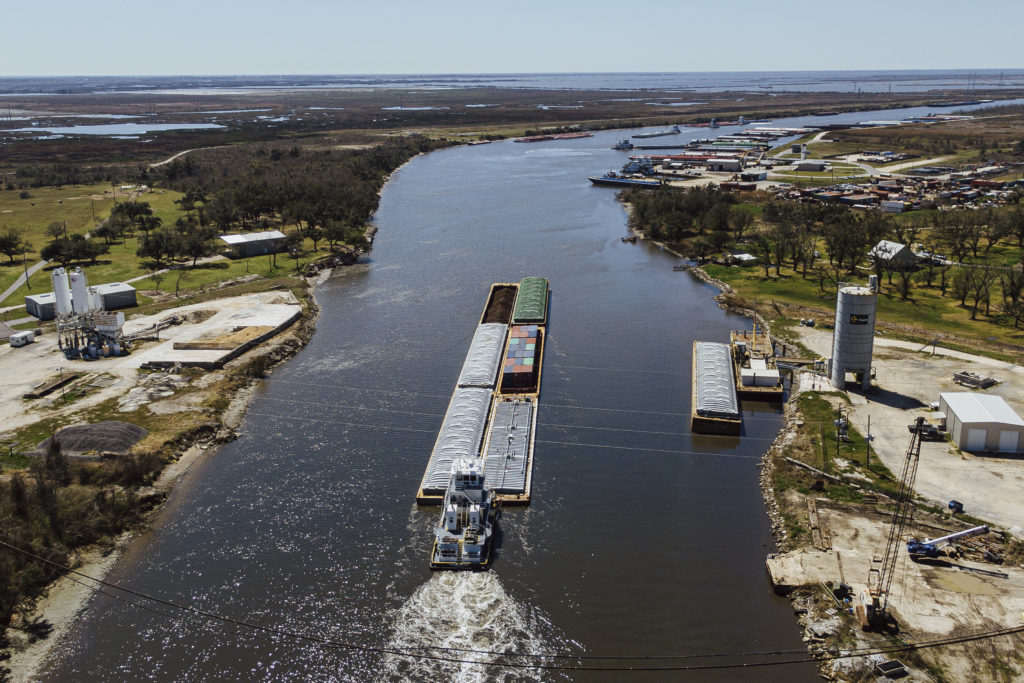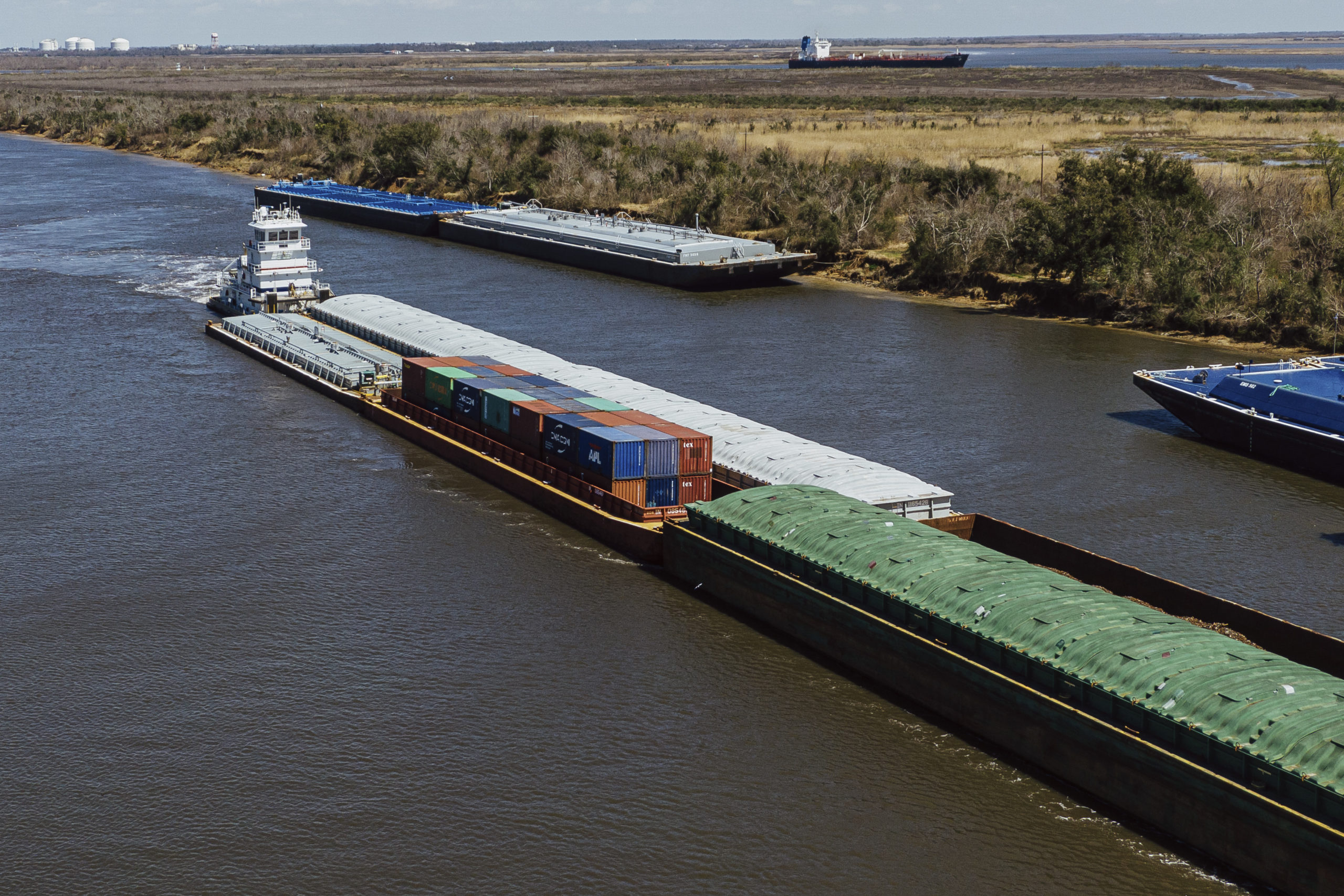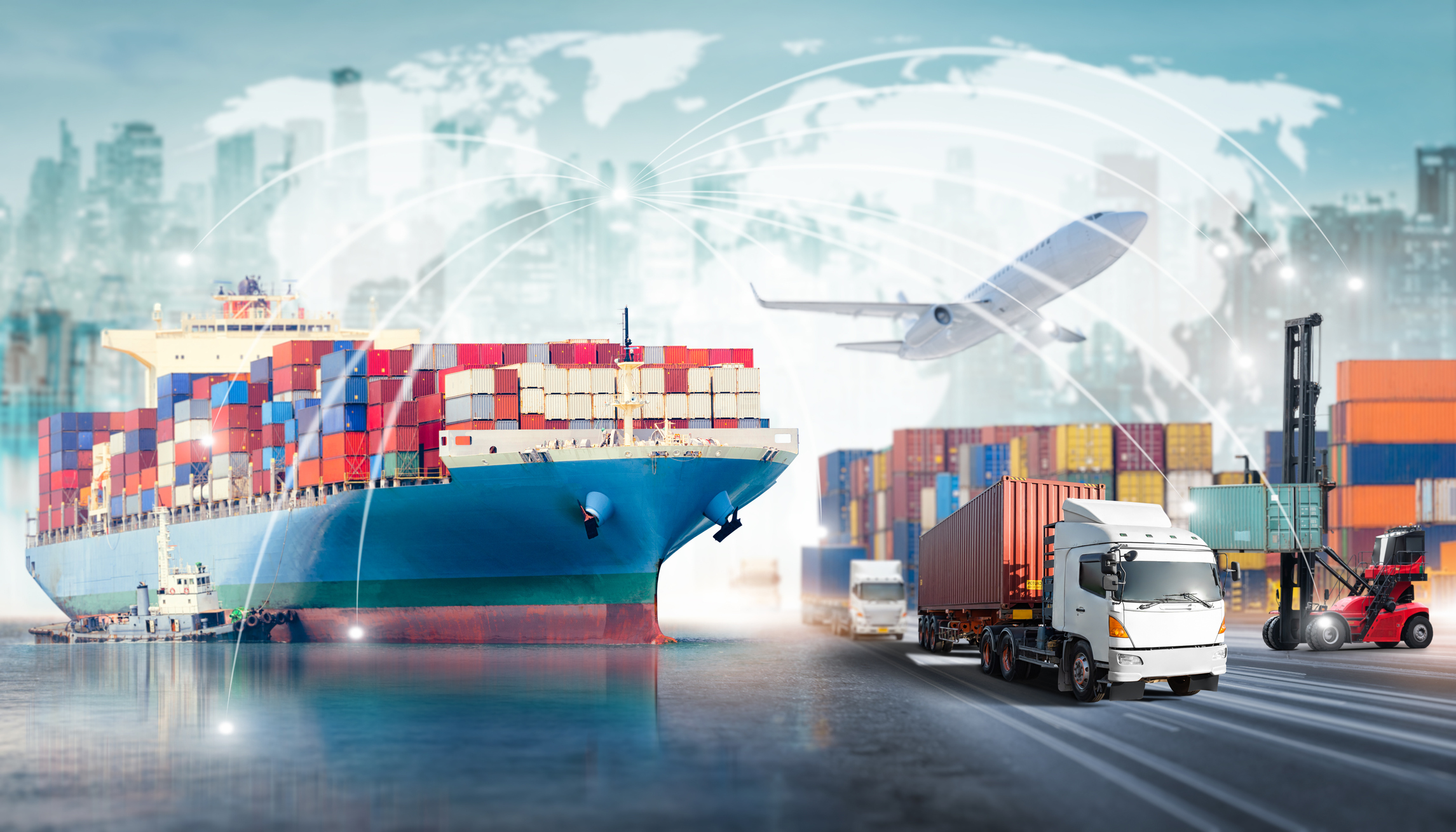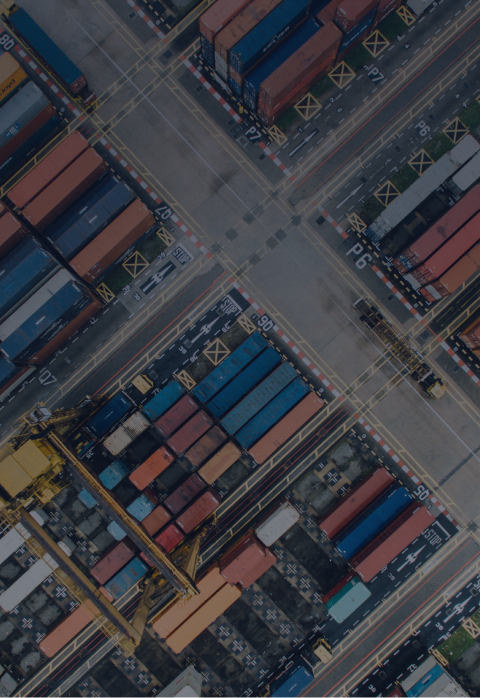Sustainable Shipping Solutions
editIn today’s constantly changing landscape, one of the most significant problems facing organizations is the need for sustainable shipping solutions. The problems in this market are broad, as many points in the supply chain are hemorrhaging. Customers want reliable, efficient processes that also reduce impact on the environment, but where can they check all of those boxes? The answer is Ingram Logistics Services. With our wide array of services that fall under the term “Barge Plus,” you can be assured that all of your shipping needs will be met to fit your specific needs and timeline.
BARGE PLUS
Ingram’s robust fleet of barges give us the unique ability to utilize these massive containers to execute adjacent services. These “pluses” include over-the-road trucking, import customs brokerage, international transport, warehousing and more. Here are just a few real-world examples of how Barge Plus operates for customers:
- Container-on Barge: Moving international/domestic containers along the U.S. Inland waterways (Ingram Maritime-Modal) as a part of an end-to-end transportation program.
- Bulk Services: Non-containerized commodities handled with specialized equipment and services to meet the needs of the customer.
- Project Logistics: Providing transport for large, oversized products and equipment utilizing our existing barging footprint.

What sets barges apart from other forms of transportation? A recent study commissioned by the National Waterways Foundation shows that barges are best for fuel efficiency, environmental friendliness, congestion relief and safety.
America’s inland waterways directly connect 28 states and benefit all 50 states by moving freight that the entire country relies upon, all at the lowest cost and with the least amount of fuel consumption. Simply put, barges are the most fuel efficient. Barges move cargo 675 ton-miles per gallon of fuel (ton miles per gallon are the measure of how far each ton of cargo is carried by a single gallon of fuel). A rail car is 30% less efficient than a barge, and a truck is 78% less efficient than a barge.
Barges provide superior cargo capacity to truck and rail transportation. One full barge-load of wheat is more than enough to provide a one-pound loaf of bread for every man, woman, and child living in Oklahoma in 2019. A loaded tank barge carries enough product to satisfy the current annual gasoline demand of approximately 3,072 people. One 15-barge tow carries the same amount as 1,050 trucks and the same as 216 rail cars + 6 locomotives.
Barge transport results in fewer spills, which are more than double by truck, and nearly three times by rail. All transport modes continuously work hard to prevent accidents, human errors, and other causes of spills. Statistics for 2001-2019 show that trucks have 239% more incidents than barges, and rail cars have 287% more incidents than barges.
Barges have the smallest carbon footprint among competitive transportation modes. A study commissioned by the National Waterways Foundation found that moving an identical amount of cargo by rail generates 43% more carbon dioxide than moving it by barge. Trucks generate over 800% more emissions! Barges are a true sustainable shipping solution.
Without inland waterways transportation, the nation would see an increase in truck and rail traffic, skyrocketing transportation costs and more air pollution. According to the study commissioned by the National Waterways Foundation, without barge transportation, we would see a 138% increase in trucks on highways, and a 146% increase in rail traffic for grain alone.
In addition to sustainable shipping, the inland waterways are the safest mode of transportation for our communities. For every 1,145 tractor-trailer/truck injuries and every 96 rail injuries, only one barge injury occurs.
Contact Ingram Logistics Services today to discuss how we can help you ease your supply chain challenges.


